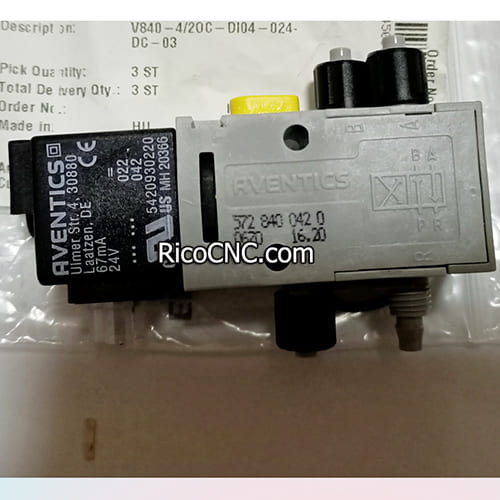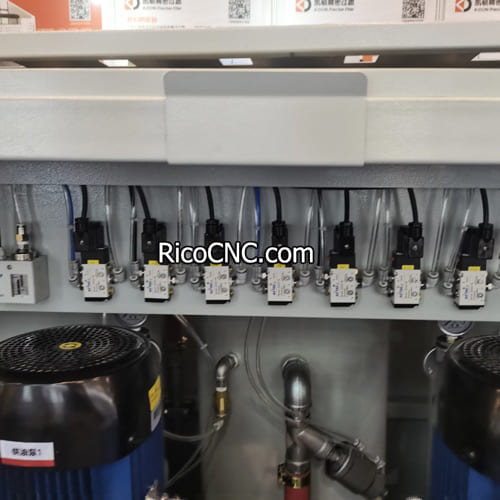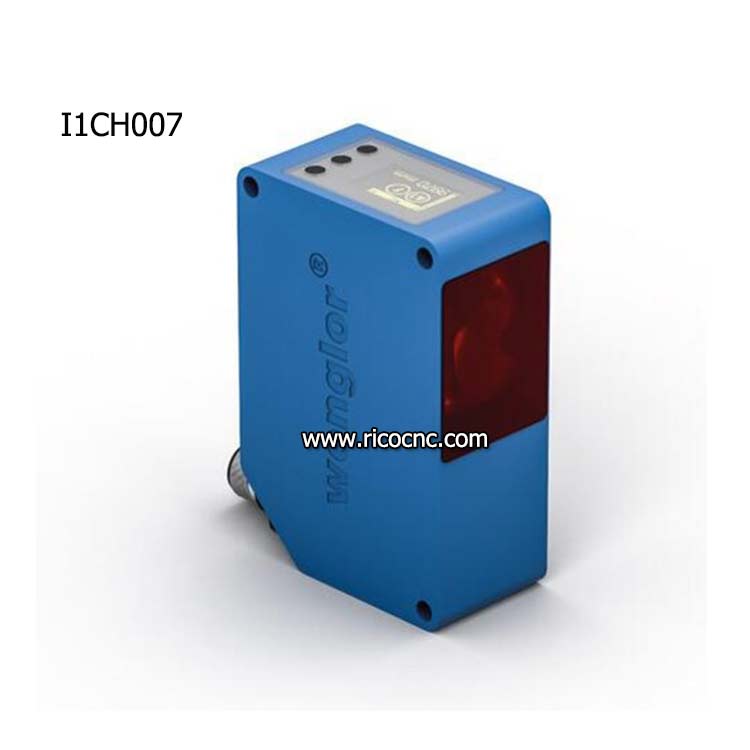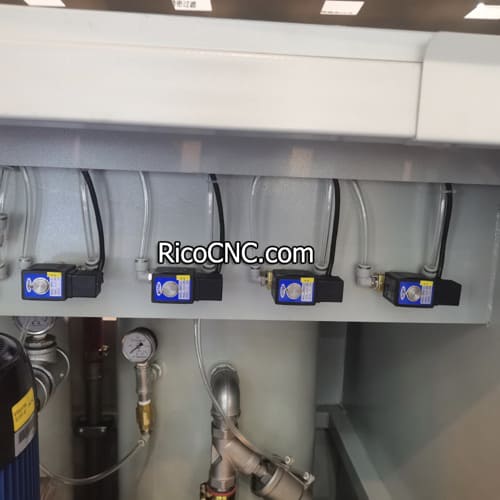
How to Test a Furnace Limit Switch
The furnace limit switch is a critical safety component designed to ensure that your furnace does not overheat and to control the blower fan, maintaining efficient and safe heating. Testing a furnace limit switch may become necessary if you notice issues like inconsistent temperatures, continuous blower operation, or unexpected system shutdowns. Understanding how to properly test the limit switch ensures that your furnace remains safe and efficient, helping you avoid costly energy bills or dangerous heating conditions. In this article, we will guide you through the process of testing a furnace limit switch, explain why this part is vital to your furnace's operation, and address common issues that might require a test.
What is a Furnace Limit Switch?
A furnace limit switch is a small yet crucial part of your heating system. Its main role is to prevent the furnace from overheating by monitoring the temperature inside the heat exchanger. The switch controls the blower fan and ensures that it turns on and off at appropriate times, which keeps your furnace operating safely and efficiently.
Limit switches serve multiple functions in a furnace:
Regulate temperature: The limit switch acts as a temperature sensor, cutting off power to the furnace if it detects overheating.
Control blower fan: It also controls the operation of the blower fan, allowing it to run only when the furnace is warm enough to circulate heated air.
Safety feature: In the event of a failure, the switch will automatically cut off power to prevent potential hazards.
For advanced systems, consider upgrading to newer technologies like our AVENTICS Pneumatic Solenoid Valve for enhanced heating system control. 
Symptoms of a Limit Switch Problem
Before diving into how to test a furnace limit switch, it's essential to understand when such testing might be necessary. Recognizing these symptoms can help determine whether your furnace's limit switch may be malfunctioning:
Constant Blower Operation: If the blower keeps running even when the furnace has stopped producing heat, the limit switch could be faulty or stuck.
Unexpected Furnace Shutdowns: A limit switch that detects overheating will shut down the furnace. Repeated, unexpected shutdowns are a sign of either a faulty switch or overheating issues.
High Energy Bills: If your energy usage has increased without any noticeable change in comfort, your furnace might be operating inefficiently, potentially because of a faulty limit switch.
Inconsistent Heat: A malfunctioning limit switch may result in inconsistent temperatures across different areas of your home.
These issues may require either testing or replacing the limit switch. In some cases, a simple reset might suffice, but proper testing will determine whether the switch is still functioning correctly.
Tools Needed to Test a Furnace Limit Switch
Testing a furnace limit switch is a straightforward task that you can accomplish with a few basic tools. Below is a list of items you'll need:
Multimeter: A multimeter is essential for checking the continuity of the limit switch. Ensure the multimeter is in good working condition and has a fresh battery.
Screwdriver: You’ll need a screwdriver to access the limit switch panel.
User Manual: Reference the furnace’s user manual for guidance on the specific location of the limit switch.
If you're not comfortable testing electrical components yourself, it’s always best to call a professional to handle the task. Testing the limit switch incorrectly can result in injury or damage to the furnace.
For further automation of diagnostics, consider our Bosch Rexroth Solenoid Valve for precise control and better integration into modern heating systems. 
Step-by-Step Guide to Testing a Furnace Limit Switch
Testing a furnace limit switch involves ensuring it is operating correctly by using a multimeter to measure electrical continuity. Follow these steps carefully:
Step 1: Turn Off Power to the Furnace
Before you begin any testing, you must first turn off the power to the furnace. Locate the switch near your furnace or the circuit breaker, and make sure the system is entirely de-energized to avoid any accidental shock.
Step 2: Access the Limit Switch
The limit switch is typically located behind the furnace cover. Use a screwdriver to remove the cover panel carefully. You should see a rectangular component that resembles a thermostat. This is the limit switch.
Step 3: Disconnect the Wires
Disconnect the wires from the limit switch. Make sure to note which wire is connected where; you can use tape or labels to keep track. This step is crucial for reconnecting everything correctly after testing.
Step 4: Set Up the Multimeter
Set your multimeter to measure resistance (ohms). A working limit switch should show zero resistance when it's closed. Place the probes of the multimeter on the terminals of the limit switch.
Step 5: Test Continuity
Closed Switch: When the furnace is cool, the switch should be closed, and the multimeter should read zero resistance.
Open Switch: If the furnace has been running and is hot, the switch may be open (depending on its purpose). A reading showing infinite resistance in this situation is expected.
If the multimeter shows no continuity when it should, it indicates that the switch is faulty and should be replaced.
For those looking for more advanced control panel components, our Wenglor Inductive Sensor provides reliable integration to help keep HVAC systems running smoothly. 
When to Replace a Furnace Limit Switch
If the furnace limit switch fails the continuity test or displays other signs of malfunctioning, replacing the switch is often the next logical step. Some key signs include:
Inconsistent Readings: If the multimeter gives fluctuating readings, it might be a sign of a defective switch.
Repeated Shutdowns: If you’ve tested and reset the switch, but the furnace continues to shut down, this indicates a persistent fault.
Wear and Tear: Older furnaces may have worn limit switches that no longer respond accurately to temperature changes. In such cases, replacing the switch can improve safety and efficiency.
When replacing a faulty limit switch, make sure to obtain a model that matches your furnace’s specifications. You can usually find this information in the furnace manual or by consulting a professional.
Safety Precautions When Testing Limit Switches
Handling electrical components requires certain precautions to avoid injury or accidental damage to your system. Here are some key safety tips:
Always Cut Off Power: This prevents electrical shock. Make sure the system is fully de-energized.
Use Insulated Tools: When working around electrical components, use tools with insulated handles.
Know Your Limits: If you’re unsure of your capabilities or nervous about handling electrical parts, don’t hesitate to call a licensed HVAC technician.
FAQs
1. How do I know if my furnace limit switch is defective?
If your furnace shuts down unexpectedly or your blower fan runs continuously, these are common signs that the limit switch might be defective.
2. What does a furnace limit switch look like?
A furnace limit switch is typically a small, rectangular component with two or more terminal connections. It resembles a small thermostat.
3. Can I test the limit switch without a multimeter?
No, a multimeter is necessary for accurately testing the continuity of a limit switch to ensure it is functioning properly.
4. Is it safe to bypass a furnace limit switch?
Bypassing a limit switch is highly unsafe and should never be done. The switch serves a critical safety purpose, and bypassing it could lead to overheating or fire hazards.
5. How often should I test my furnace limit switch?
Testing the limit switch is usually not a regular maintenance task unless symptoms of malfunction appear, such as overheating, continuous fan operation, or shutdowns.
Conclusion
A furnace limit switch plays a crucial role in the safe and efficient operation of your heating system by monitoring temperature and controlling blower fan activity. Testing the limit switch is a task you can handle on your own with some basic tools and knowledge. Proper diagnostics can save you time and money while ensuring your furnace runs safely and efficiently.
If you're experiencing persistent issues or are unsure about how to test or replace your furnace limit switch, consulting with a professional is always a good option. Remember, safety always comes first when dealing with electrical components.
Testing and maintaining your furnace limit switch will contribute significantly to the longevity of your heating system, ensuring consistent comfort in your home.

















